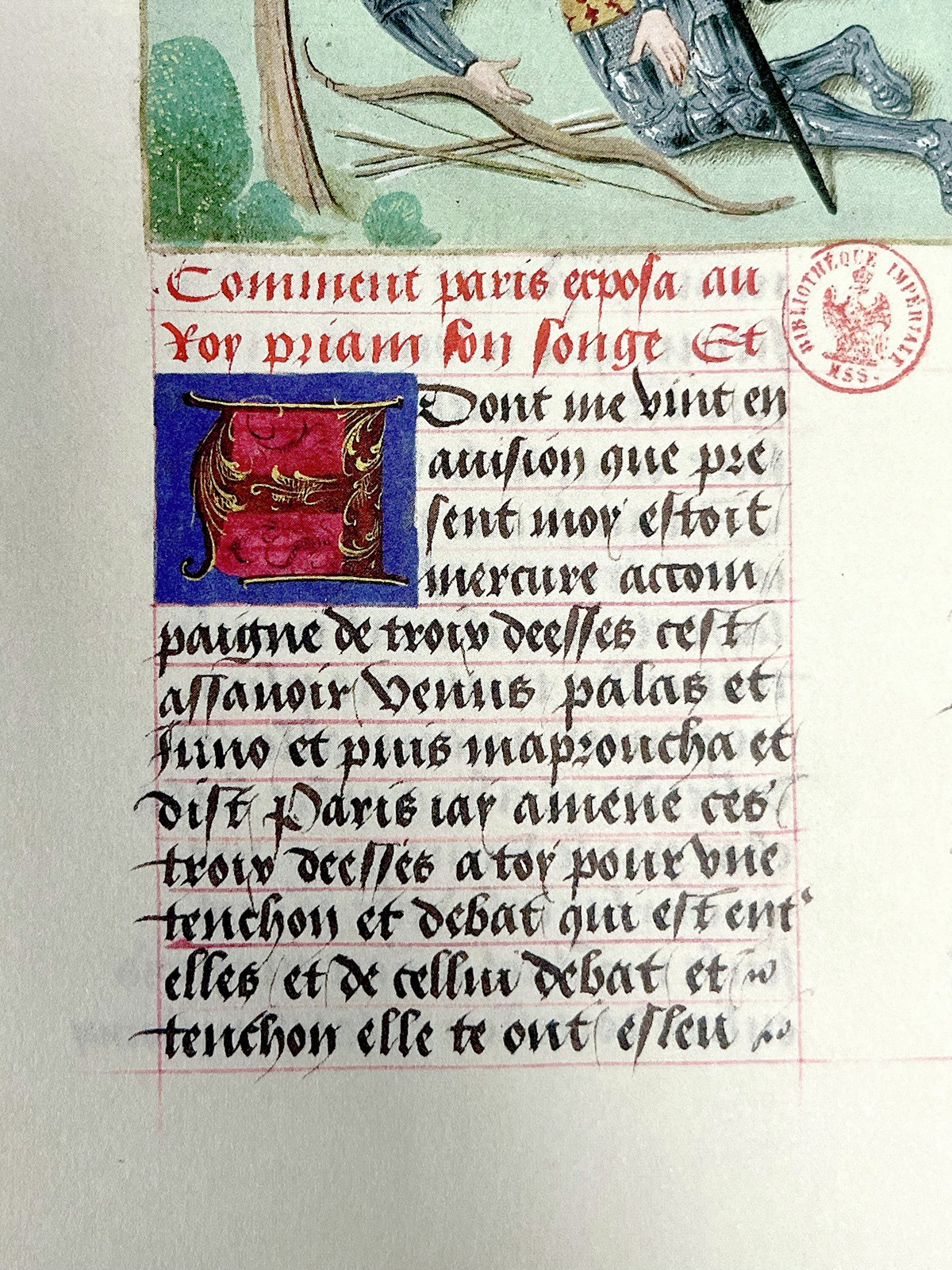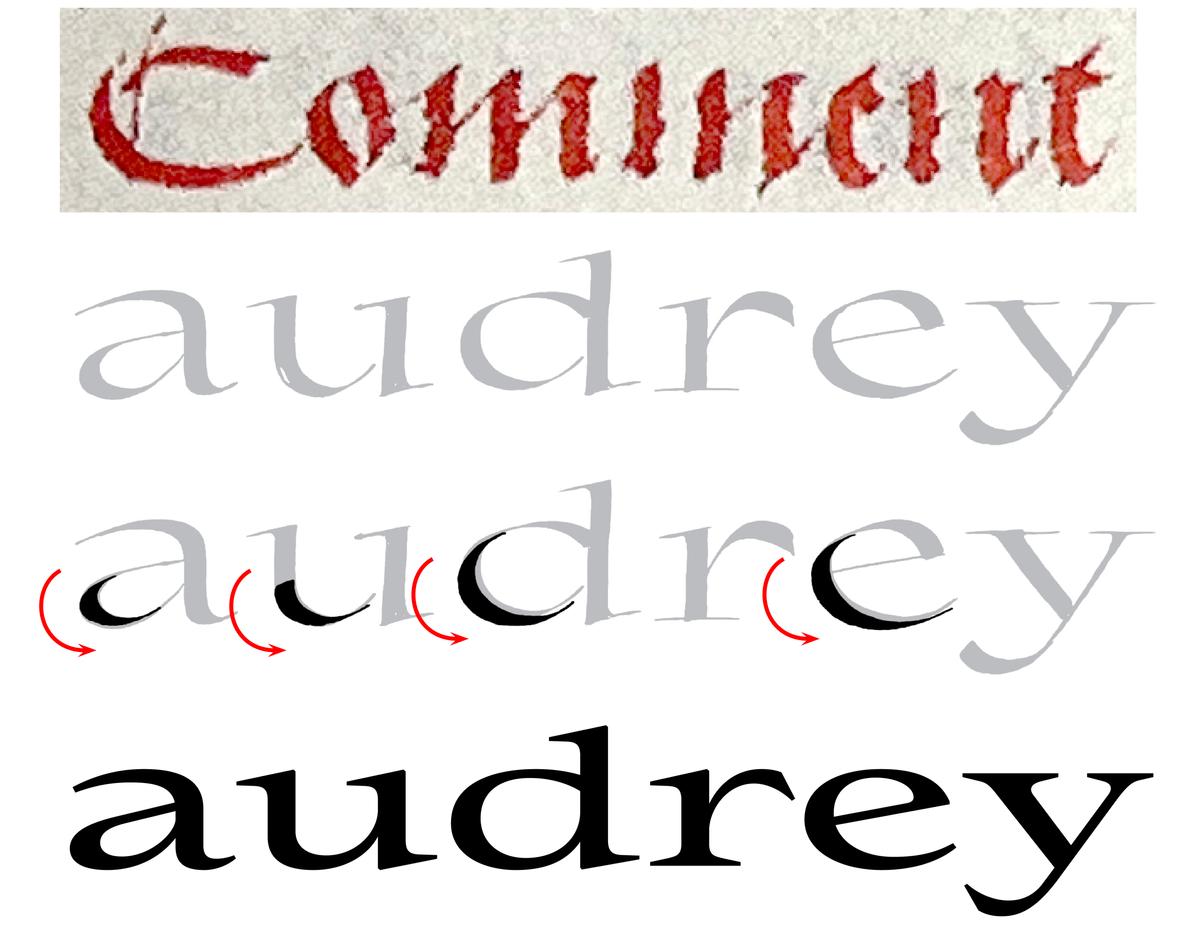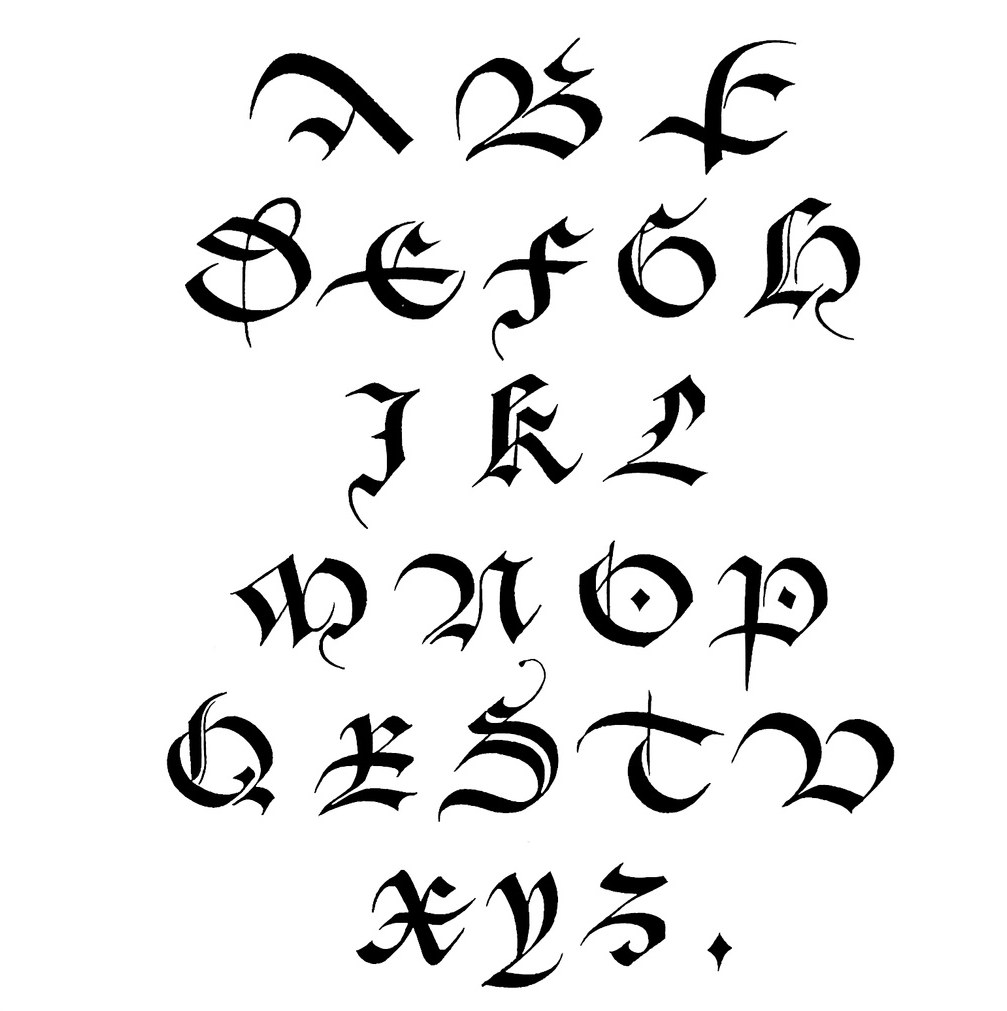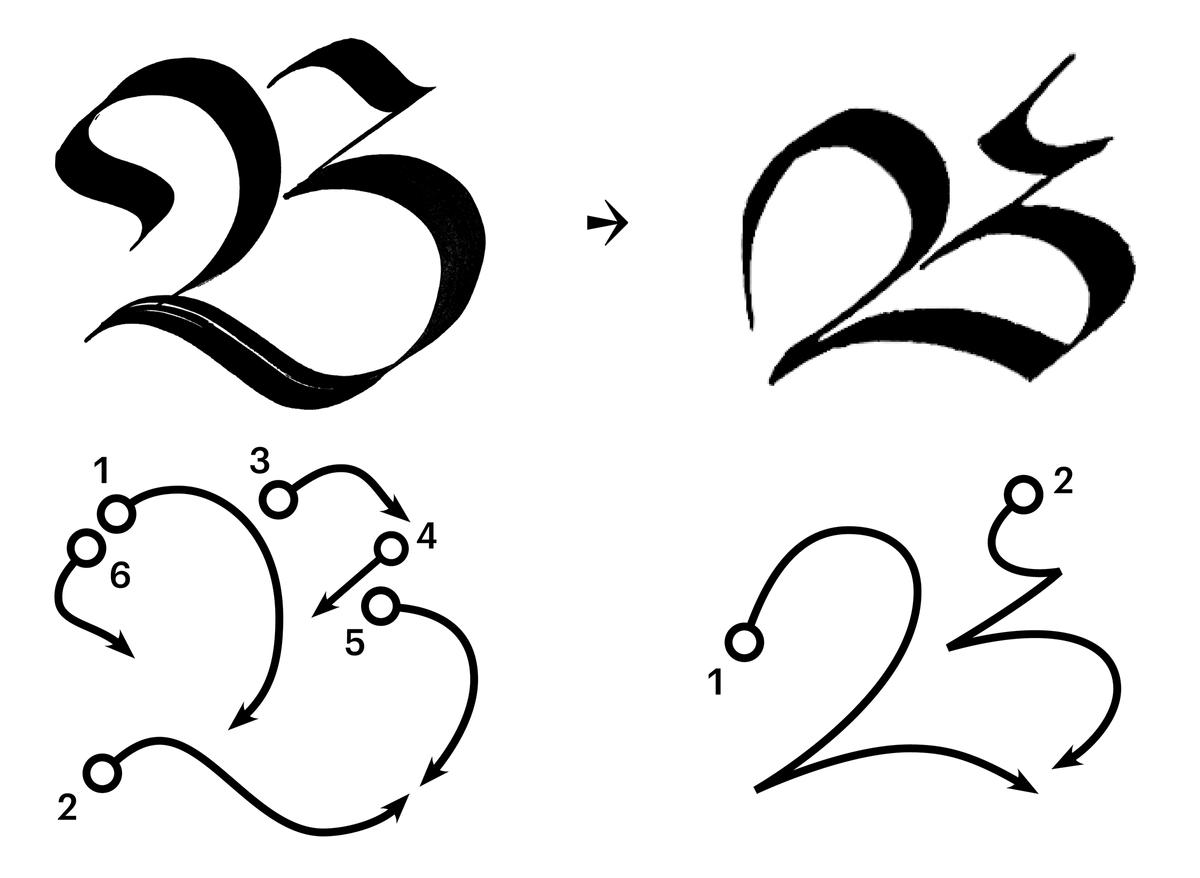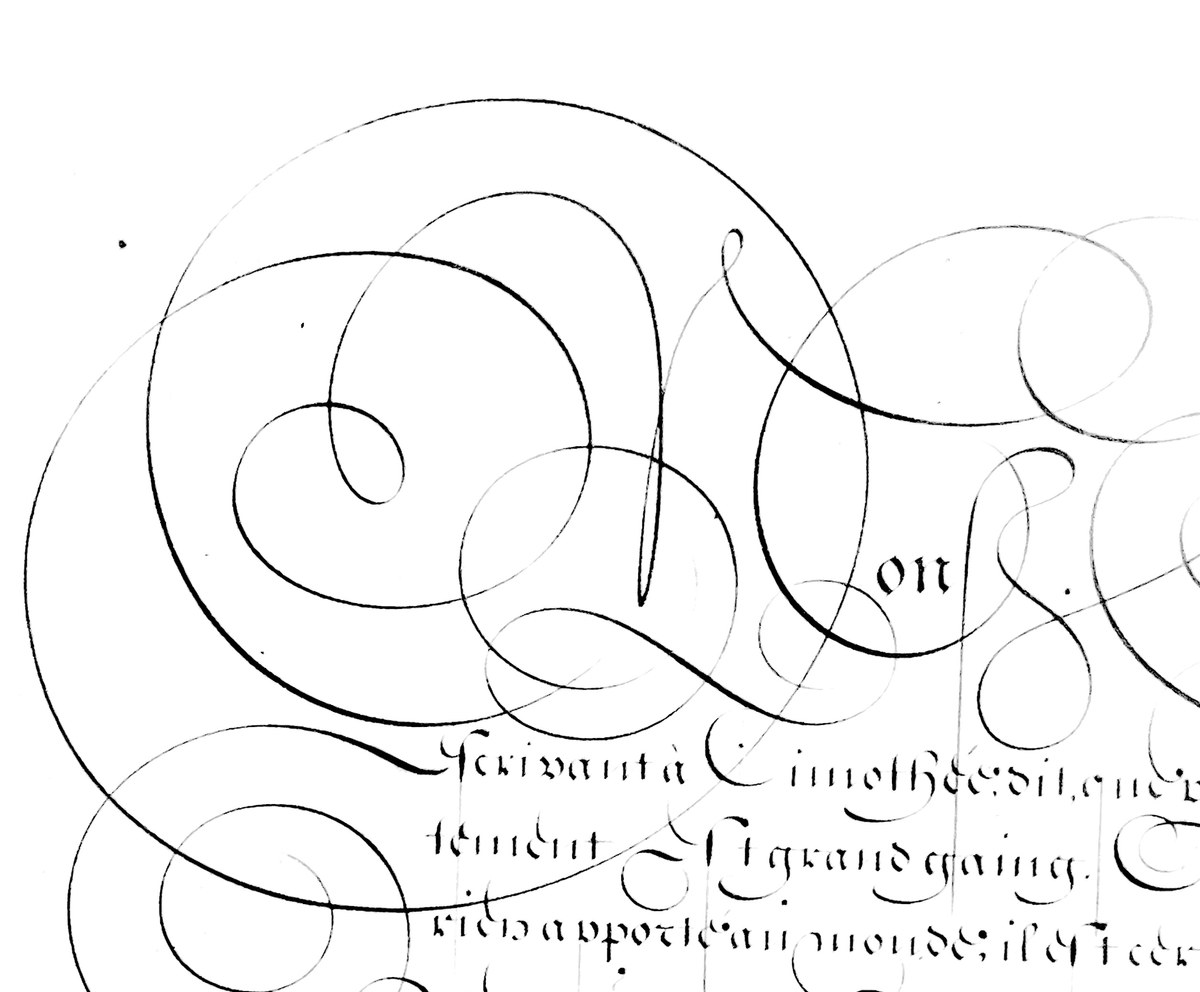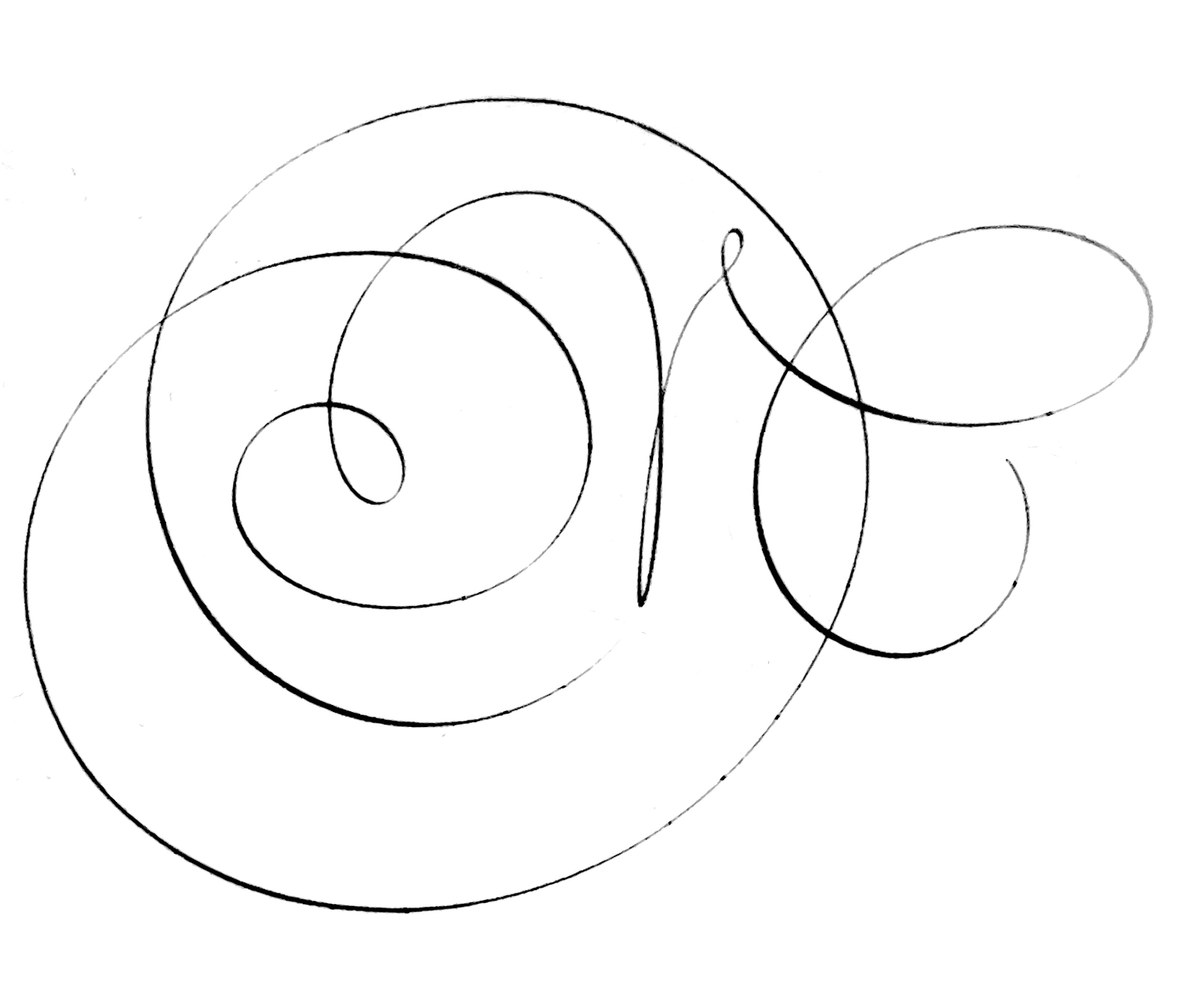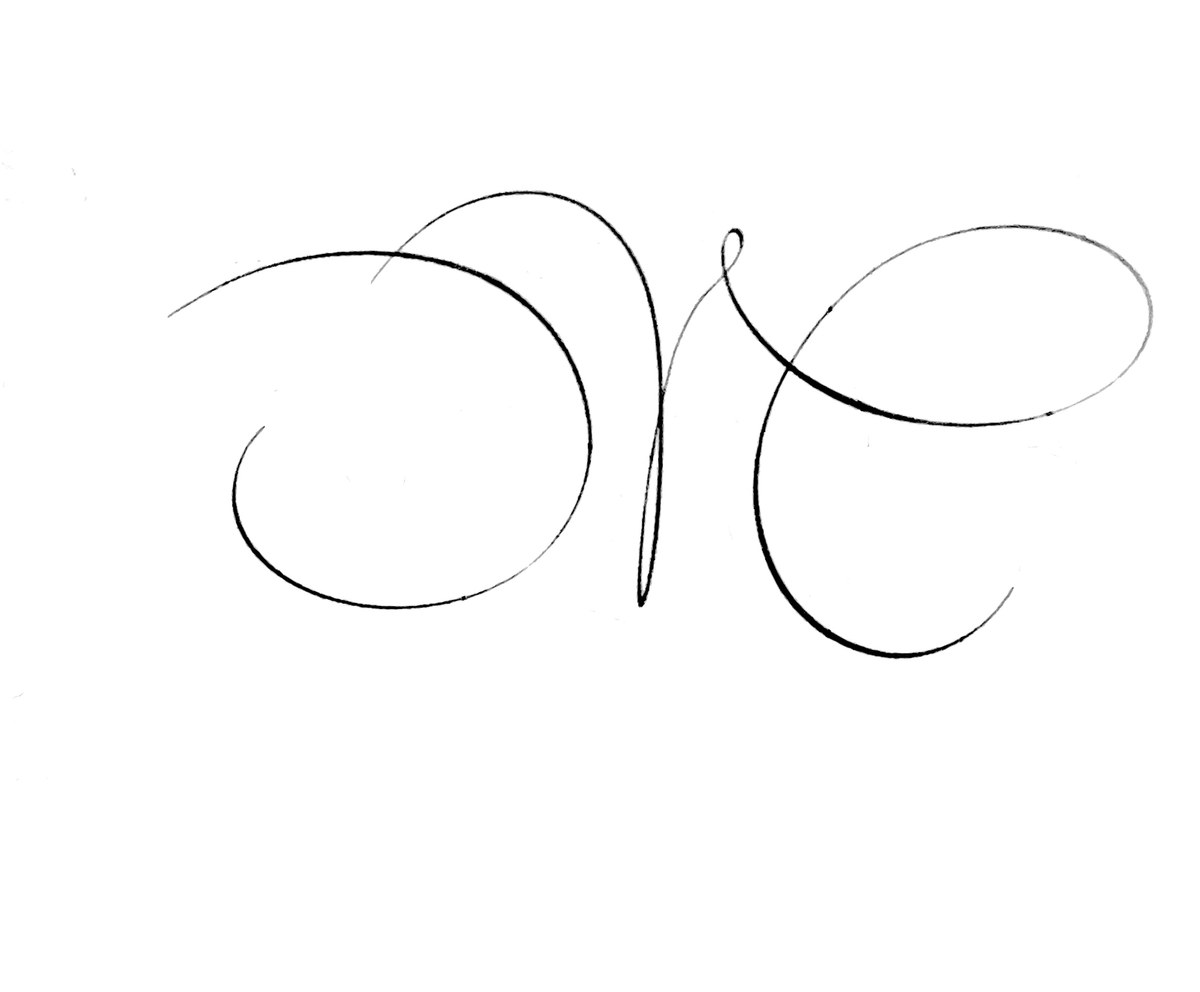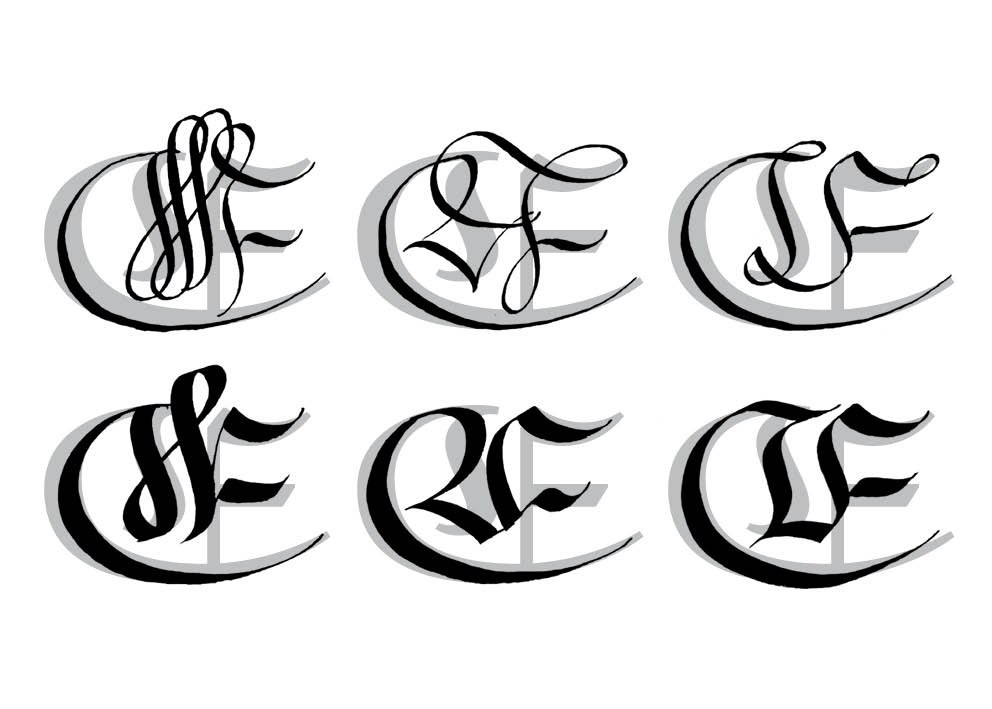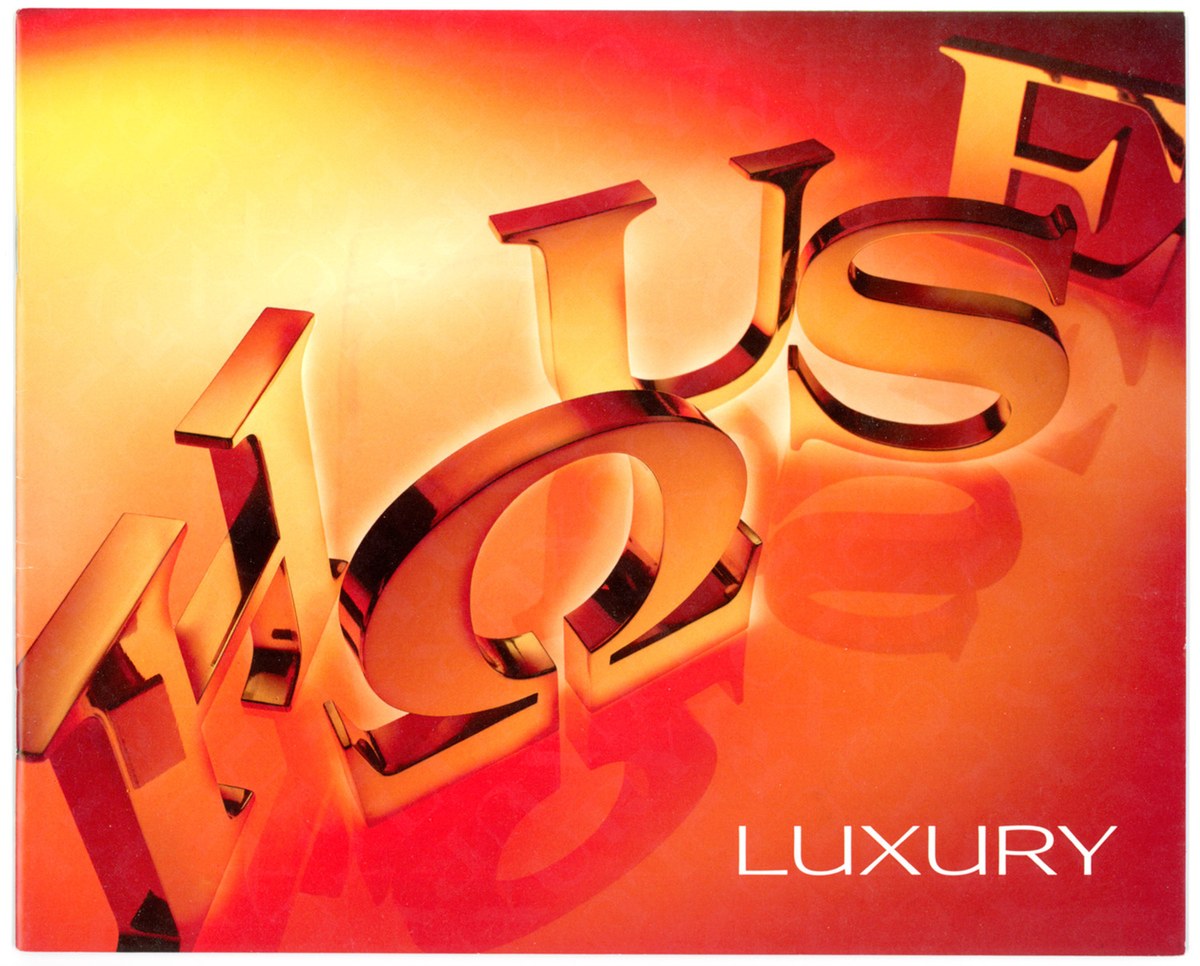A beautiful Place
As our library has grown, it takes more effort to perceive the gaps—not that they aren’t there, it’s just easier to see what we do have, sometimes in loosely overlapping territory. Atlas, Graphik, and Focal, for example, occupy a domain that extends even to Review and Styrene. Lyon, Portrait, Marian, and Dala Floda each highlight different aspects of sixteenth-century French Renaissance types. We have a number of typefaces that are first and foremost elegant, and we have some wide typefaces, but the intersection of elegance and wideness, particularly in a serif, has remained untouched until now. We felt that this open-ended brief would perfectly suit Julien Priez’s unique set of talents, especially his ability to look forward and create wildly inventive shapes while tapping into his deep historical knowledge of drawn, carved, and written letterforms. We didn’t have a particular era or look in mind; we wanted Julien to take the basic kernel of the idea and run with it. He did.
Place is a beautiful typeface. That is its main function. Its beauty is supported by the rigorous craft and thinking that went into its creation. Its stroke contrast is relatively low, expanding the range of sizes it can be used at and exploding the cliché that a typeface must have high contrast to be truly elegant. Though its star quality as a display face is unmistakable, its talents as a supporting player should not be overlooked. Its four weights enable complex typography, allowing things like headers, footers, page furniture, and other utilitarian navigational elements set in Place to be functional and poetic at the same time. Two full sets of capitals, offering both Latin and blackletter structures, also make Place an indispensable tool for logotypes. Try setting any word in Place—chances are it will look like a logo.
Wide, not stretched
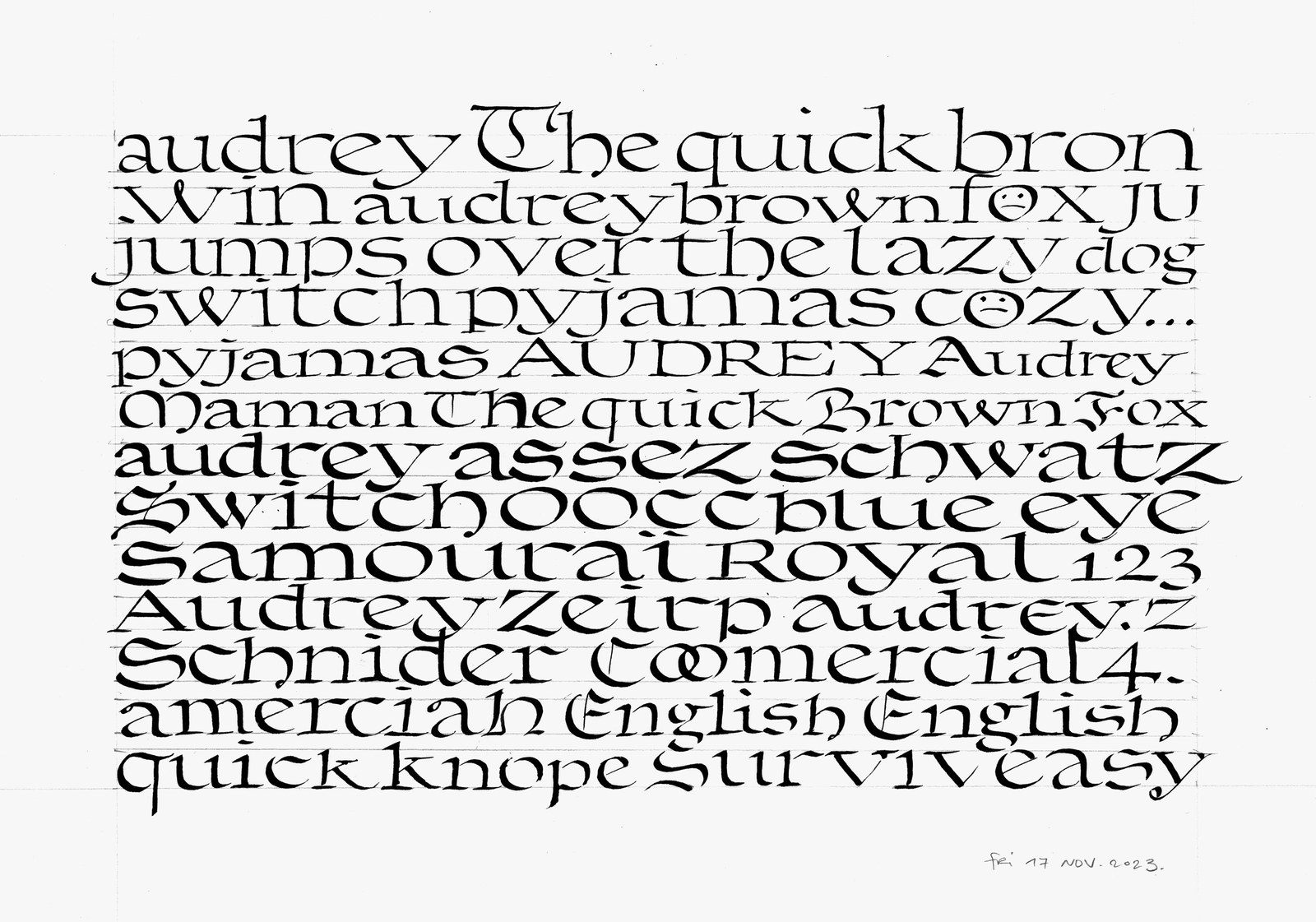
This page of calligraphy from November 17, 2023 shows Julien experimenting with the overall width of the lowercase.
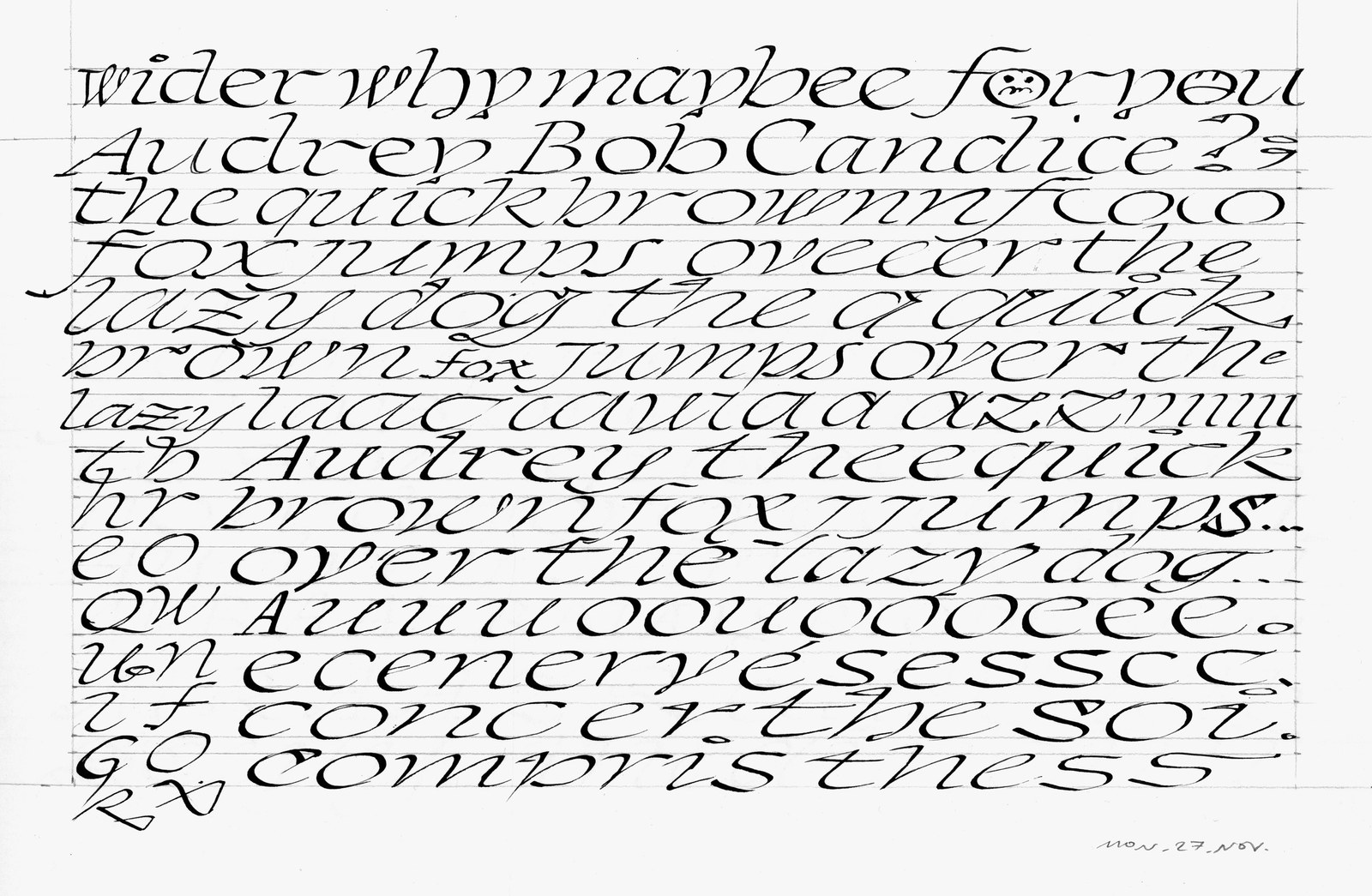
A sheet from November 27, 2023 shows the fluid forms of the italic taking shape, as well as experimentation with the overall speed, as implied by the oblique angle.

This sheet from December 5, 2023 shows the relationship between the lower case and the Latin and blackletter caps taking shape.
Blackletter
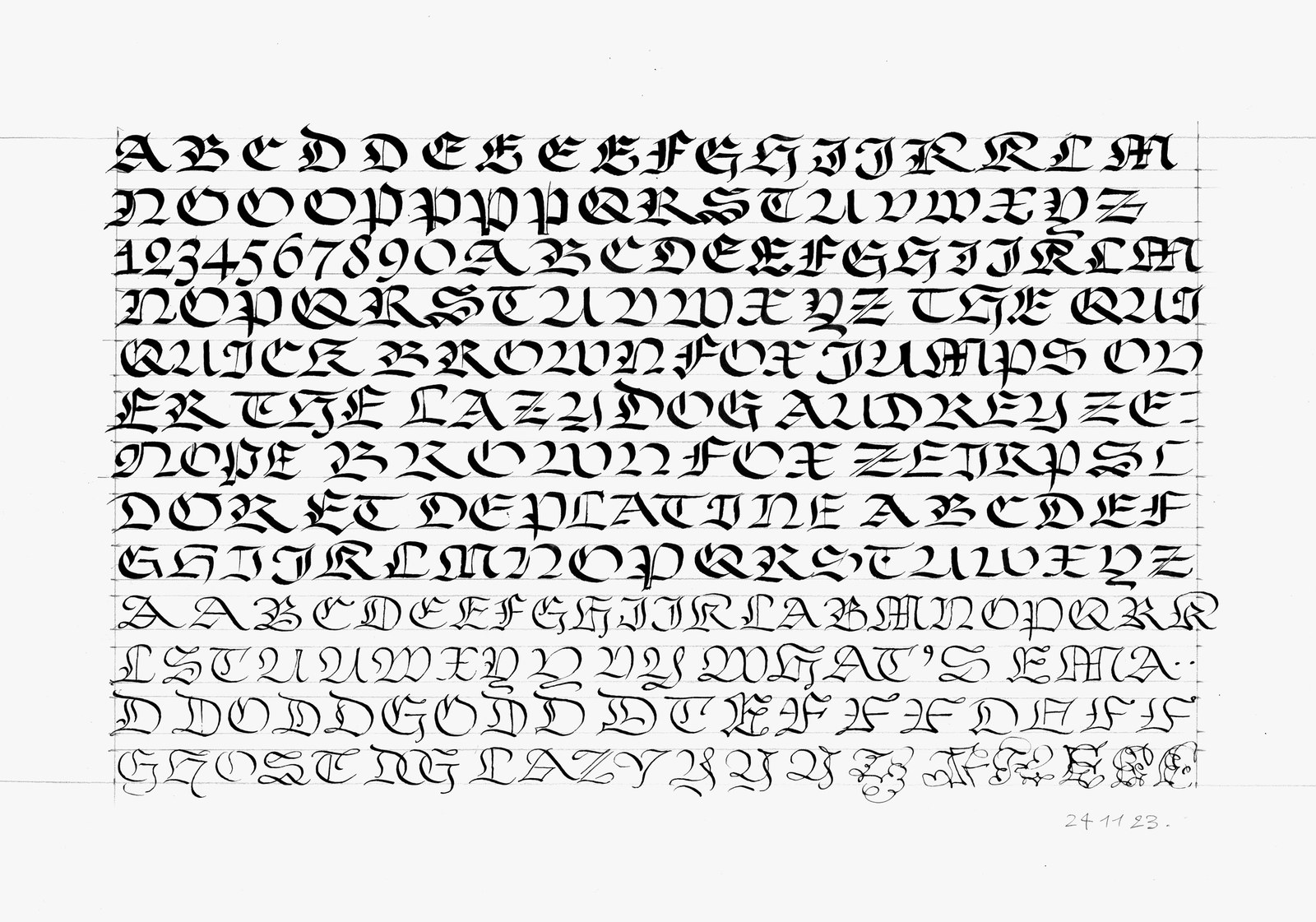
The top lines of this sheet from November 24, 2023 show Julien thinking with his hands, trying many different forms for the blackletter capitals.
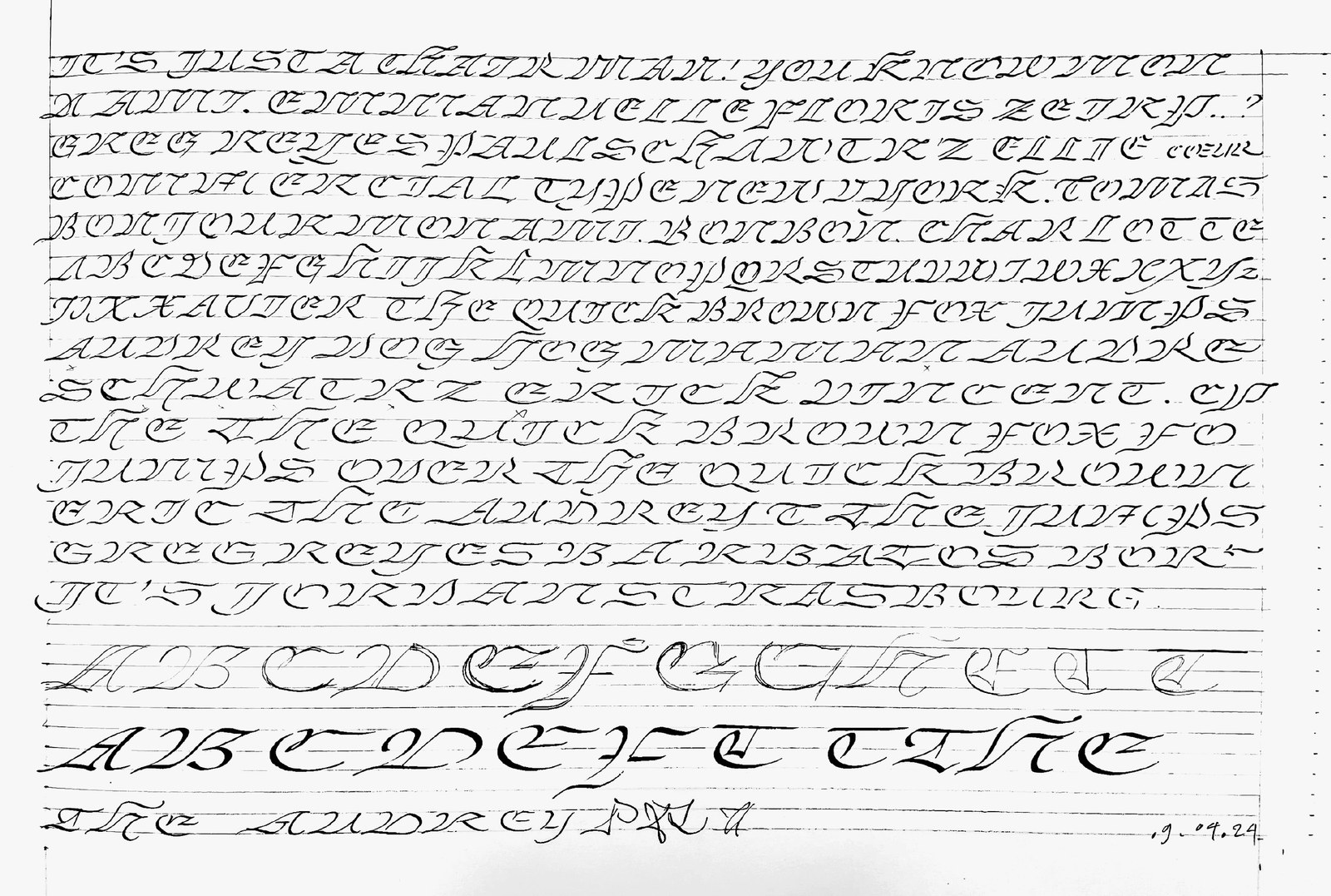
This sheet from April 9, 2024 shows a breakthrough with the cursive blackletter capitals—the overall structure made sense, and the relationship to the lowercase felt natural.
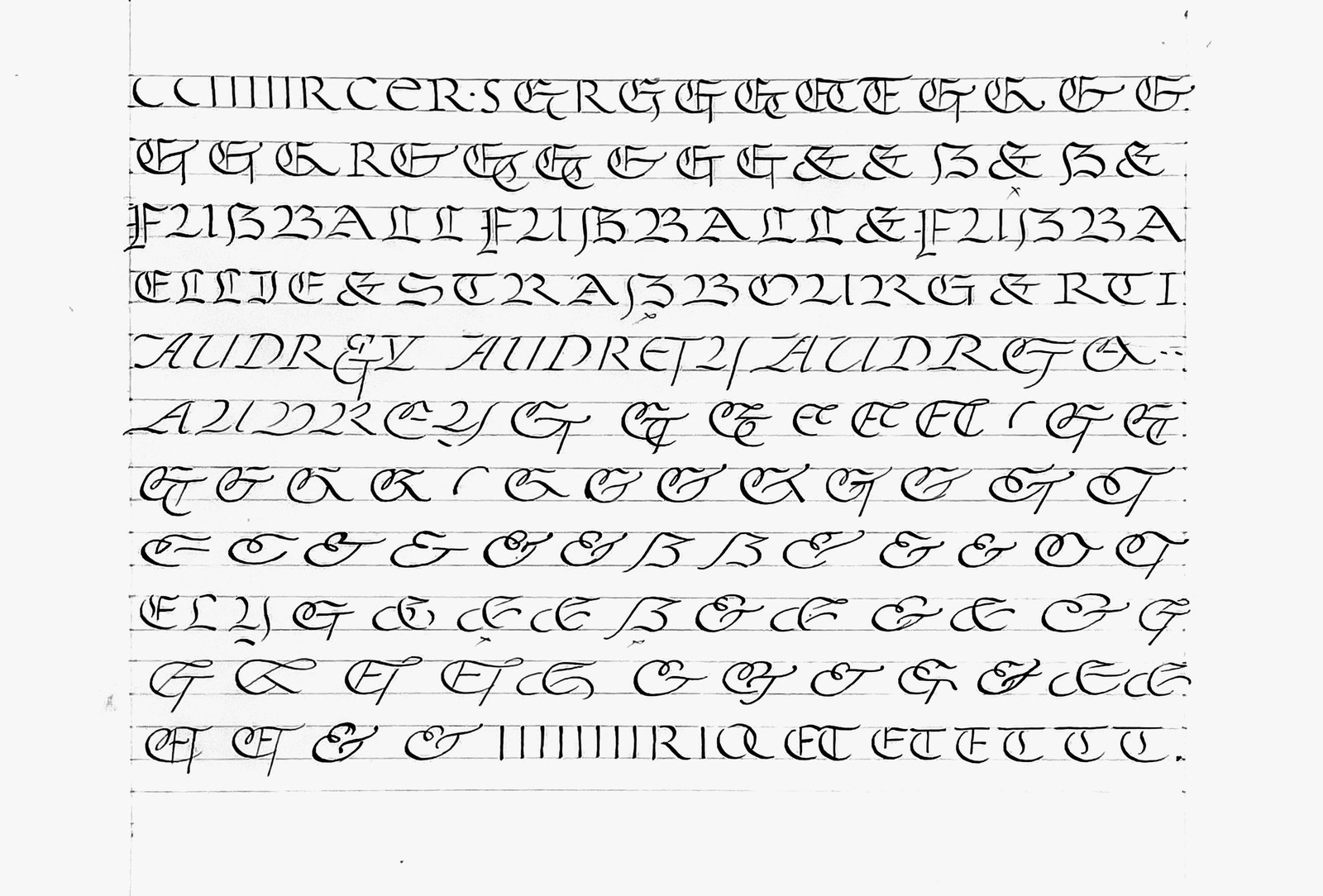
Ampersand variations from May 30, 2024. As our friend Erik van Blokland tells his students, “What if it does work, but you didn’t try it?”
